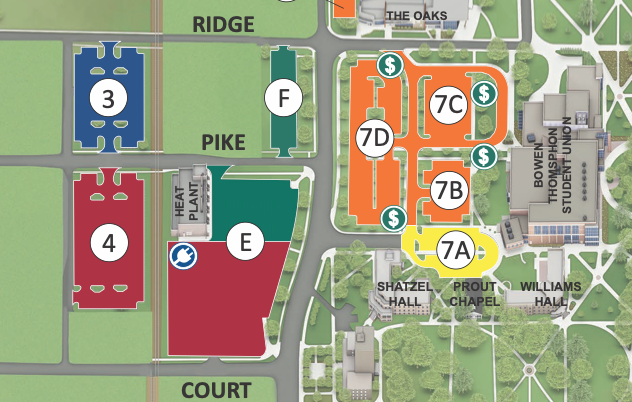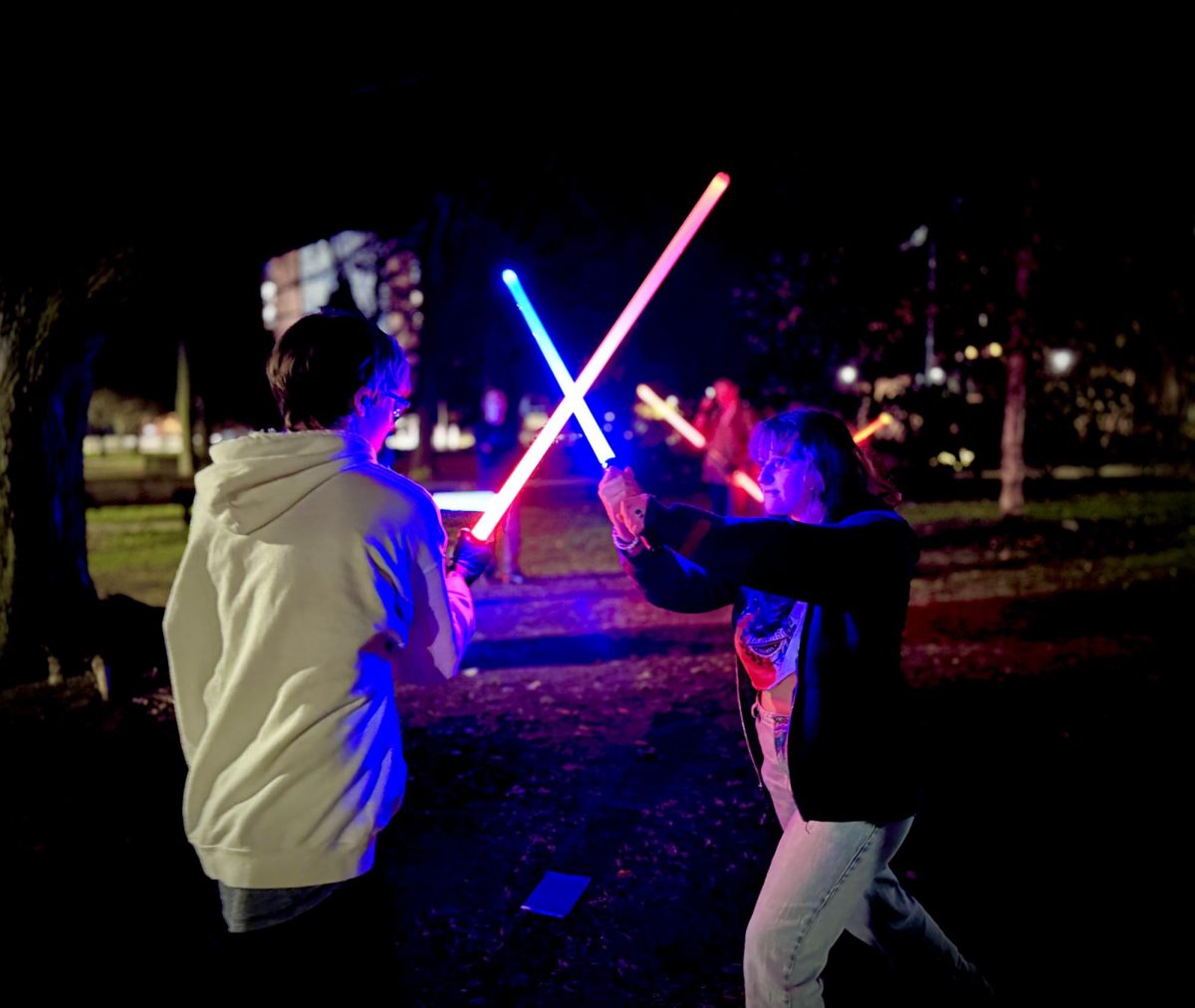About five months ago, the Bowling Green Flight Center broke ground for the construction of its new 16,800 square-foot facility located on Poe Road near the airport. While the site is set to open sometime in the first two months of 2015, the story behind the University’s aviation program’s continued evolution dates back much further.
“It goes back three years, really,” said Rodney Rogers, provost and associate vice president of academic affairs. “That’s when we started the first discussions.”
Rogers said the University administration noticed the aviation program came down to two primary components: the academic side and the flight school side.
“It’s difficult for us to expand the flight part of the school,” Rogers said. “And what I kept hearing as a provost was, ‘Well, we can’t accept any more students because we’re limited by our capacity around the number of planes we own,’ and those sorts of things.”
Previously, the University owned the airplanes, maintained them through the program and had all of the liability insurance associated with it, which made expansion of the program particularly difficult in terms of significant financial investment.
“We looked around and noticed there are some other universities in the U.S. that had found a partner that would do the flight school,” Rogers said. “That gave us the opportunity to focus on what we do best, which is academics.”
The partner the University found was North Star Aviation.
“[North Star Aviation] already runs a flight school with another university, so now that they’re running two, they’ve got more flexibility to move planes around where they need it based on demand,” Rogers said.
After agreeing to a contract in January of this year, one of the first steps for the new Bowling Green Flight Center was to build the modern facility that the program will use when it is finished.
“When we contracted with the college to become privatized, in our contract it was stated that we would put up a new building,” said Christine Doering, marketing manager for the BG Flight Center. “The old building was built around 1940 and it’s showing its age, so either one of two things had to happen: we could revamp this building or we could build our own.”
When they started to consider the costs, it made more sense to build new, Doering said.
In addition to an 8,800 square-foot building for state-of-the-art classrooms, simulators, flight planning, offices, conferences, instruction and testing area, there will also be a connected 8,000 square-foot hangar, which will house the program’s planes.
The Bowling Green Flight Center will extend the existing runway to reach the new facility.
“We are most excited about getting into an upgraded building where everything works and gives our students a better learning environment,” Doering said.
Brendan Tuttle, a senior aviation student and mechanic, said he’s looking forward to the building offering an up-to-date classroom environment more conducive to the program.
“In these old rooms, you can’t set it to a normal temperature,” Tuttle said. “It’s either way too cold or way too hot depending on the time of the year. Soon we’ll actually have a separate facility that is set up and dedicated for aircraft maintenance. Before, we kind of had to just make do with what we had.”
The facility’s atrium was designed with a runway as inspiration and will read “BGFC” down the middle, for Bowling Green Flight Center.
“In the past, it maybe was hidden away a little bit in terms of how it was situated on the airport,” Rogers said. “But this change will certainly bring a lot of attention to it.”
Rogers said he has heard there are only two universities in the nation with airports on campus. Other collegiate aviation programs often have to commute to an airport up to 20-30 minutes away.
“I think the way that new terminal building and hangar is situated, it really just feeds nicely from campus,” he said. “I’m excited because I really think it begins to demonstrate what a great academic and flight center we have here at BGSU.”
Rogers said there’s also room for growth internationally as well. The University has signed a memo of understanding with the University of Toledo as well as Northwestern Polytechnic University, which has a flight school in China.
“Those international students will start with NPU, do some of their English immersion programs at the University of Toledo, and then we’ll deliver the academic aviation program and flight school,” he said. “At the same time, we certainly believe there is going to be a large demand domestically, with a lot of retirements occurring and a requirement now that commercial pilots have a bachelors degree.”
Tuttle, who began his aviation experience while serving in the military, said he is currently in the instructing pipeline and hopes to do so at the Bowling Green Flight Center after graduating.
“We’re in the upswing,” Tuttle said. “Our student body is growing every semester, so it’s doing well, but this will only enhance it.”













